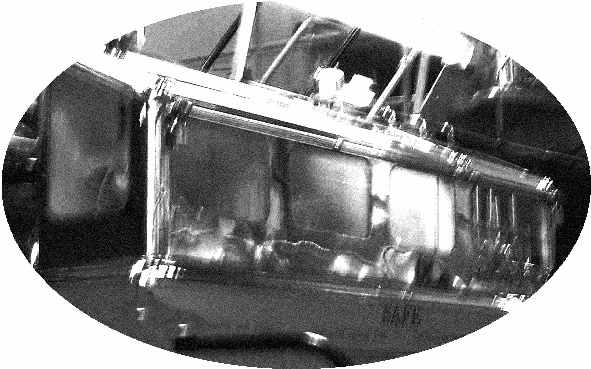
"There is no such thing as a bad whiskey. Some whiskeys just happen to be better than others."
-William Faulkner
Unfortunately, there really are some bad whiskeys out there. However, which ones are bad will depend on who you talk to. Everyone will have their own preference, and as many scotch drinkers will tell you: "The best whisky is the one you have in your hand."
Over the course of several years of whisky drinking, I've discovered that people can become obsessed with scoring whiskeys and trying to rank them in some sort of hierarchical way. What are the criteria in these ranking systems that result in a score of 87 vs 90 or 4 vs 5 stars? Well, these can vary substantially, and it makes tasting notes and whisky ratings somewhat akin to movie reviews: When something is really bad, everyone pretty much agrees, but for drams that fall in the fuzzy gray area in-between, personal preference can have a huge influence.
When The Spirit Safe was in its planning stages, a lot of friends advised me to include tasting notes and opinions on whiskeys that I have been drinking and to provide recommendations of whiskies that I like.
Every book on whisky has its own rating system, but in speaking to Blacker S (my Spirit Safe partner) we decided to divide our criteria for whisky into 5 categories which are outlined below:
1) Nose - In case it isn't obvious, this is the smell of the whisky. It's remarkable how much the aroma can affect how you enjoy a dram of something. If I could buy cologne that smelled like Highland Park 18 y-o, I would.
2) Palate - In the context of The Spirit Safe (TSS), the palate will refer to the mouth feel of the whisky. Is it oily, thick, or light? Consistency of melted butter (MacAllan 18 y-o) or syrupy like sugar water?
3) Taste - You won't get any argument from me that this isn't the most important criterion, but it is more closely associated to the nose category than you might think. Try drinking a whisky you're familiar with when your nose is stuffed up and see what you miss.
4) Finish - For connoisseurs, this is a big one. I like to think of it as bang for your buck. The longer the finish, the longer you'll taste the whisky - even after it's down your throat. That being said, a long finish on a bad whisky can be a pretty unpleasant experience. A friend once tried every beverage in his refrigerator in a vain effort to eliminate a finish he didn't like (including milk)!
5) Value - I've included this criterion because I believe there should be a reward for whiskeys that punch above their weight class. This is what becoming a connoisseur should be all about: Finding the best bottles in different styles at any price. Anybody can tell you that 18 and 25 y-o whiskeys are better than 10 and 12 y-o, but how do they match up in value? Older and more expensive isn't always better!
I hope that having whiskeys described through these criteria will help you decide which ones you'd like to try. TSS isn't going to give you too many numbers, but you'll know which ones we like and how they match up to comparable drams. This website will also allow you to post your opinions on our tasting notes. Did we get it right or are we on crack? Maybe somewhere in-between....?
The more information we have on any dram, the more accurate the description will be, so I encourage everyone to share their opinion. The next blog post will have tips on tasting - then on to some whisky reviews/recommendations/warnings!
For the record, my favourite tasting note of all time (from an unrelated scotch website):
In describing the taste of Loch Dubh whisky: "Burnt gummi bears dissolved in gasoline".
Mmmmmm....





No comments:
Post a Comment